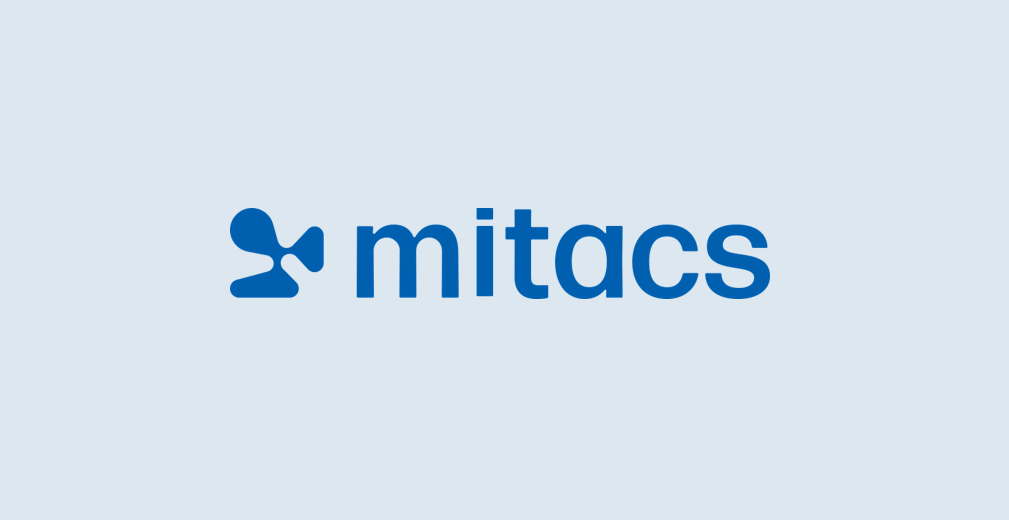
The rate of the current climate change strongly modifies the frequency, the duration and the intensity of extreme events, such as droughts, heat waves or extreme precipitation. Strong rates of greenhouse gases emissions can cause a destabilization of a component of the climate system (e.g. the sudden melt of the Arctic sea ice). Such a […]
Read More